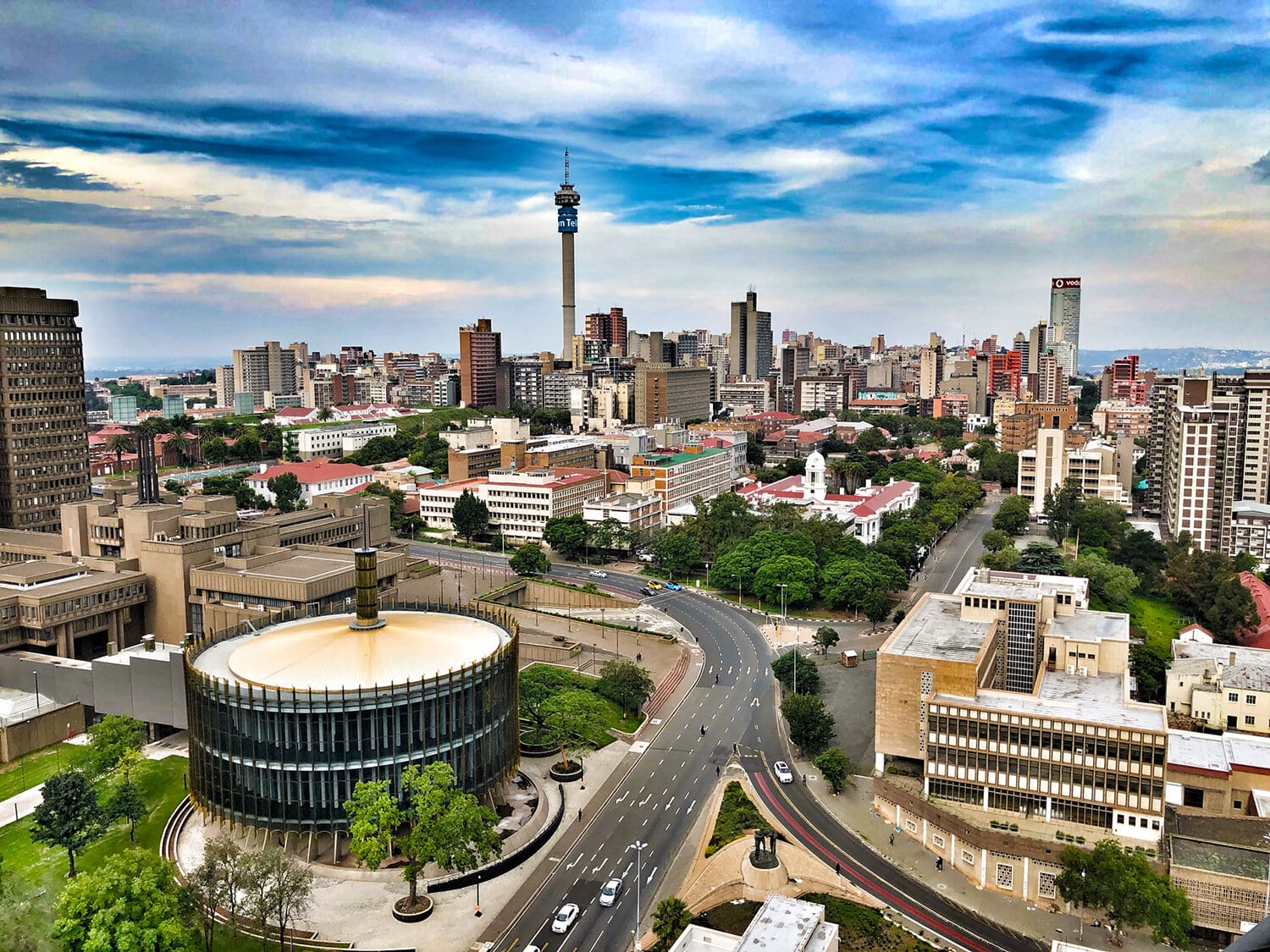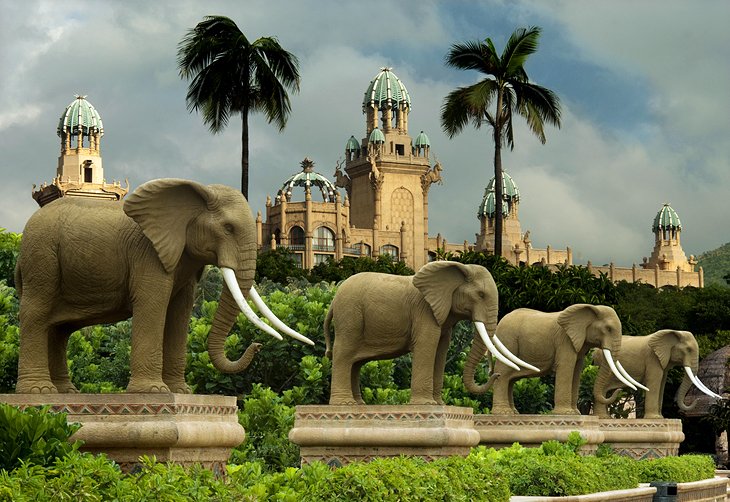The 7-Second Trick For Johannesburg North Attractions
The 7-Second Trick For Johannesburg North Attractions
Blog Article
8 Simple Techniques For Johannesburg North Attractions
Table of ContentsAll about Johannesburg North AttractionsThe Facts About Johannesburg North Attractions UncoveredMore About Johannesburg North AttractionsWhat Does Johannesburg North Attractions Mean?The smart Trick of Johannesburg North Attractions That Nobody is DiscussingThe Ultimate Guide To Johannesburg North AttractionsThe Best Guide To Johannesburg North Attractions
Nonetheless you should keep security in mind and vacationers must stay sharp whatsoever times when in unknown environments. Talk with the locals when you are in community to locate out about the area you are remaining in. Johannesburg North attractions. When on the road (this does not put on shopping center and other protected settings) ideal general guidance is to attempt your finest to resemble a neighborhood and to avoid displaying any type of type of wide range
Not known Incorrect Statements About Johannesburg North Attractions
Teacher Revil Mason O. J. (Thomson, 1946) checked out the Witwatersrand's pre-colonial background. His archaeological work took off the 'em pty land' myth, according to which the region was without human habitation before the arrival of European inhabitants. In his magazines Prehistory of the Transvaal: A Record of Human Activity (1962) and Beginnings of Black Individuals of Johannesburg and the Southern Western Central Transvaal Advertisement 3501880 (1986 ), Teacher Mason showed the degree of social and economic growth in the area before Europeans established foot here.

Getting My Johannesburg North Attractions To Work
He acted with the government's consent, approved after he had sworn to keep his explorations key. In 1874, small mining procedures were started in the Magaliesberg, where an Australian, Henry Lewis, had actually uncovered gold deposits. In 1878, David Wardrop discovered gold in quartz capillaries at Zwartkop, north of Krugersdorp. In 1881, Stephanus Minnaar discovered gold on the farm Kromdraai, near the Cradle of Humankind.
In March 1886, an outcropping (quickly to be called the Key Coral reef) was found, rather luckily, on Gerhardus Oosthuizen's farm Langlaagte. Some say that the Lancastrian coal miner George Walker found this reef. Another itinerant English prospector, George Harrison (who had previously operated in Australian mines) obtained a prospecting permit in respect of Langlaagte in May 1886.
He chose to carry on in a quest for greener pastures, and disposed of his Langlaagte claim for the baronial amount of 10. Alas: under lay the wealthiest goldfield ever located. The discovery of this abundant auriferous reef provoked a gold rush that signalled the end of agrarian serenity in the southern Transvaal.
It would certainly, within 6 years, come to be the biggest town in southern Africa. Within a decade, it would make the Z. A. R. until after that an anarchical and insolvent little state the most affluent country in Africa. By the millenium, the Z. A. R. was to go beyond Russia, Australia and the USA of America to end up being the world's leading gold manufacturer, producing greater than a quarter of the globe's gold.
Indicators on Johannesburg North Attractions You Need To Know
It was referred to as Ferreira's Camp, called after Colonel Ignatius Ferreira. He was a Boer adventurer upon whom the British authorities had actually bestowed the condition of Companion of the Many Distinguished Order of St Michael and St George (qualifying him to the post-nominal letters C. M. G.) in appreciation for his duty in the war that had actually deposed the Pedi king Sekhukhune in 1879.
Soon the camp was bursting with tents and wagons as newbies got here daily from everywhere. By September 1886, some 400 individuals lived in Ferreira's Camp, which quickly boasted prefabricated iron and lumber buildings. Two various other camps were established: Meyer's Camp on the ranch Doornfontein, and Paarl Camp. The latter was nicknamed Afrikander Camp; lots of people from the Cape Nest cleared up there.

About Johannesburg North Attractions
This name gained money by word of mouth, such that the State Assistant affirmed the name to the Mining Commissioner on 9 October 1886. Stands in the town were auctioned on 8 December 1886. While some stands were offered for 10, others were torn down for as low as sixpence.
2 years later on, these erven were to change hands for as long as 750 each. The tented camps diminished as a dorp of corrugated iron buildings established and increased north of the mines located along the Key Coral Reef Road. Areas such as Jeppe's Community (where working-class immigrants erected their homes) and Doornfontein (where the upscale new 'Randlords' began to create their extravagant homes) were soon added to the ever-expanding map of the community.
Johannesburg North Attractions Can Be Fun For Anyone
Apart from the road names, there were no indications of Johannesburg being positioned in a Dutch-speaking nation. Many years later on, C. W. Kearns O. J. (one try this of the very first young boys enrolled at St John's College in 1898) would certainly remember: 'An unusual reality about Johannesburg was that, although it remained in the [Boer Republic], almost every person spoke English and also the Government slaves addressed one in English, unless they were first dealt with in the Taal (or Reduced Dutch)'.
Britain had a passion in ensuring optimal problems for gold manufacturing on the Witwatersrand, and that the gold was exported to London rather than Berlin a critical provided all the more clamant hop over to these guys by the Z. A. R.'s enhancing toenadering with Germany. Mine owners got on a clash with President Kruger, whose policy of monopolistic giving ins (frequently given to his cronies) stopped mining companies from obtaining materials of materials (specifically dynamite) and labour on their own, cheaper terms
Things about Johannesburg North Attractions
In 1890, the Volksraad had limited the franchise to white guys that had lived in the Z. A. R. for fourteen years or longer, thus invalidating the majority of the immigrants (who took place to be the major factors to the fiscus). Agitation for the ballot was a plain pretense for promoting a various program; many uitlanders regarded themselves as momentary visitors and had no intent of remaining in the Z.
Report this page